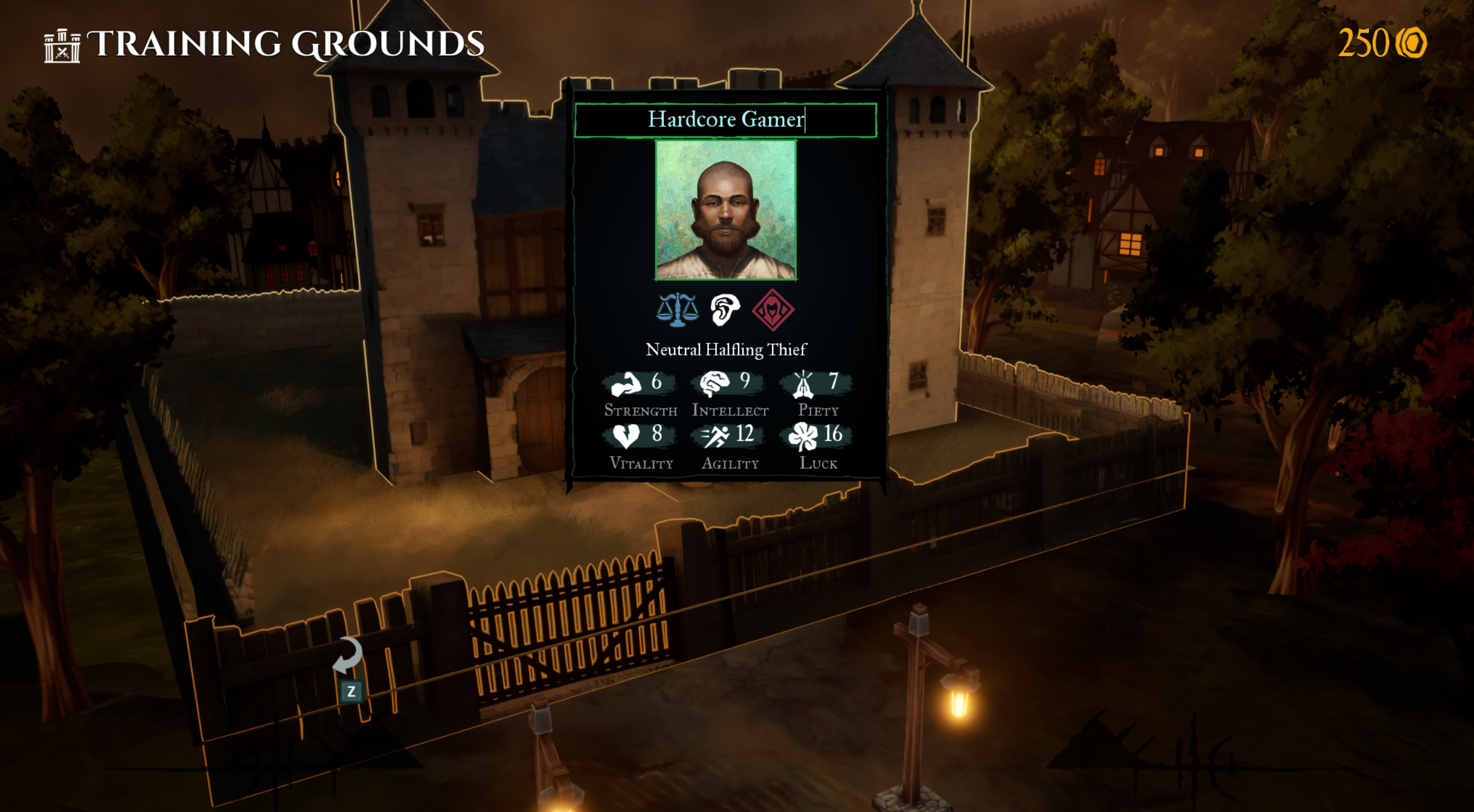The journey through the realm of role-playing games (RPGs) has been shaped significantly by classic titles, and none more so than Wizardry: Proving Grounds of the Mad Overlord. First launched on the Apple II in 1981, this game set the groundwork for many RPGs we enjoy today. Its recent remake not only honors the original but also enhances accessibility for modern players, making it relevant in today’s gaming culture.
In this exciting remake, players are invited to experience the nostalgic essence of the game while benefiting from “Old-School Options,” which offer an authentic retro gaming feel. This thoughtful integration allows newcomers and veterans alike to engage with the gameplay that defined an era. The balance between nostalgia and modern convenience ensures that the game appeals to a wide range of players, ensuring that the legacy of Wizardry continues to thrive.
As we dive into the gameplay mechanics and design, we’ll explore how the Village UI centralizes essential activities, the high stakes of dungeon crawling, and the meticulous planning required to thrive in this challenging world. Join us as we uncover the key takeaways from this engaging RPG, showcasing why it remains a beloved classic.
What You Will Learn
- The Village UI enhances gameplay by simplifying essential activities.
- Dungeons are filled with traps and combat scenarios that pose high risks, including permanent death.
- Strategic thinking and careful planning are crucial for success in Wizardry.
Wizardry: Proving Grounds of the Mad Overlord first debuted on the Apple II in 1981, and since then, it has been credited as a foundational pillar for many of today’s RPG titles. The game we’re reviewing today is not a mere nostalgic rehash, but a thoughtful remake designed to retain the core experience while updating accessibility for modern players. This includes engaging with the game through "Old-School Options," which bring an authentic retro feel and are available in the pause menu for enthusiasts. We chose to go with the new options for our playthrough while keeping the old-school level settings.
The Village is the User Interface
Upon starting the game, players find themselves in a village that serves both as a navigational hub and a functional menu. This setup helps streamline activities like party management, resting, and gearing up, centralizing these essentials without the need to traverse multiple locations or menus. Players can choose to start with a premade group of Level 2 characters, which is a helpful inclusion for those unfamiliar with the mechanics, or opt to create their own party from scratch at Gilgamesh’s Tavern or the Training Grounds.
Creating a character is engaging and straightforward if you have experience with the Dungeons and Dragons style of character creation. You can select from various races including Humans, Elves, Dwarves, Gnomes, and Halflings. Each race comes with unique starting attributes that can be further customized along with the choice of class, such as fighter, mage, priest, thief, bishop, or samurai. The aesthetic customization is limited, however; the game offers several preset portraits but lacks the option for players to create or upload their own designs, which might be a letdown for players seeking a deeper personal touch.
That said, for our playthrough, we made a Halfling Thief that we love very much. He has 4 HP and dies every time we go into the Maze, but he can do no wrong in our eyes.
Dungeons and Dragons-Like Gameplay Mechanics and Exploration
Exploring the Maze is where the core of Wizardry unfolds. The Maze is complex and filled with traps and magic that can disorient or teleport players unexpectedly. Navigational challenges aside, the map feature that requires players to redraw their route every time they re-enter the maze adds a layer of complexity but can be seen as tedious over time.
Combat encounters in the maze can be brutal. The game employs a turn-based system where players can choose to attack, defend, cast spells, or attempt to flee. The strategic element is pronounced, with a front-line and back-line system requiring thoughtful placement of characters based on their combat role. The high stakes are evident as characters can die; however, resurrection is possible at the Temple of Cant back in the Village. That said, death is permanent if you don't go and try to bring them back at the Temple.
Discovering Starfield's Maal I: Location And Resources Overview
Discovering Starfield's Piazzi III: Location, Resources, And More
Reviving Nostalgia: A Deep Dive Into Dragon Quest VII: Fragments Of The Forgotten Past



